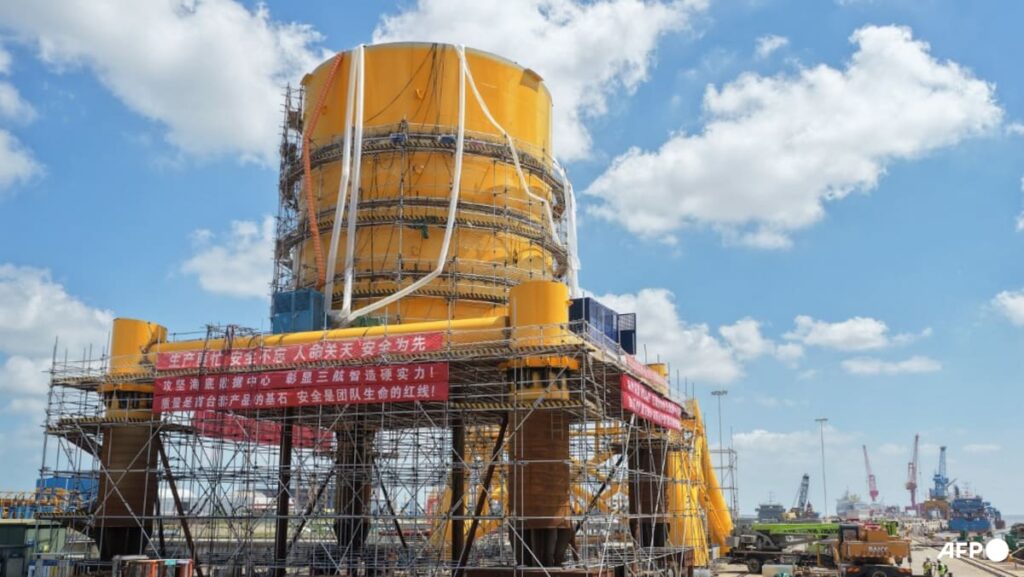NANTONG: Power-hungry data centres run hot, so one Chinese company is planning to submerge a pod of servers in the sea off Shanghai with hopes of solving computing’s energy woes.
On a wharf near the city, workers were finishing off the large yellow capsule – a foray into alternative tech infrastructure that faces questions over its ecological impact and commercial viability.
The world’s websites and apps rely on physical data centres to store information, with growing use of artificial intelligence contributing to skyrocketing demand for the facilities.
“Underwater operations have inherent advantages,” said Yang Ye of maritime equipment firm Highlander, which is developing the Shanghai pod with state-owned construction companies.
Undersea servers are kept at a low temperature by ocean currents, rather than the energy-intensive air cooling or water evaporation required by centres on land.
The technology was trialled by Microsoft off the coast of Scotland in 2018, but the Chinese project, to be sunk in mid-October, is one of the world’s first commercial services of its kind.
It will serve clients such as China Telecom and a state-owned AI computing company, and is part of a broader government push to lower data centres’ carbon footprint.
“Underwater facilities can save approximately 90 per cent of energy consumption for cooling,” Yang, vice president of Highlander, told AFP.
Projects like this are currently focused on showing “technological feasibility”, said expert Shaolei Ren from the University of California, Riverside.
Microsoft never built commercially on its trial, saying after retrieving its pod in 2020 that the project had been successfully completed.
Significant construction challenges and environmental concerns have to be overcome before underwater data centres can be deployed on a mass scale, said Ren.
In China, government subsidies are helping – Highlander received 40 million yuan (US$5.62 million) for a similar 2022 project in Hainan province that is still running.
Read the full article here

